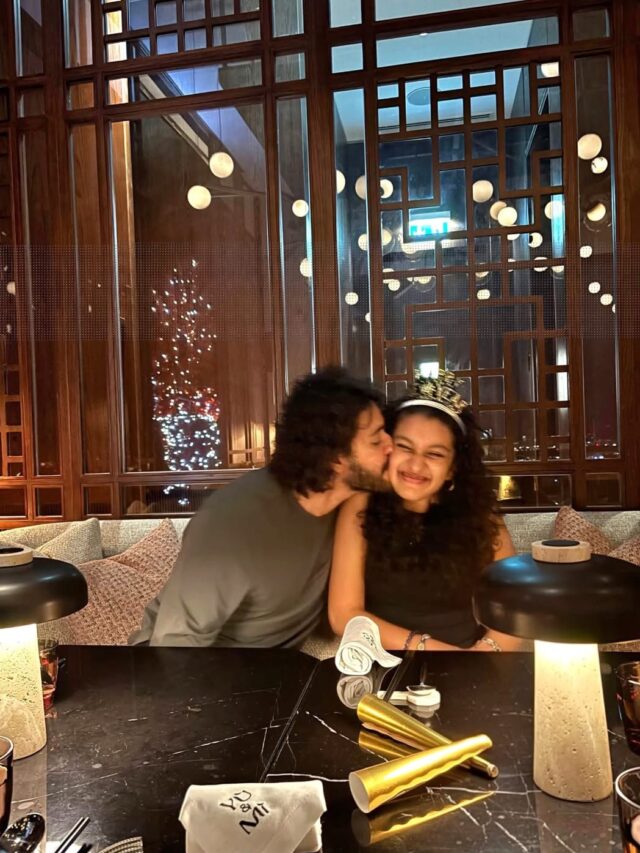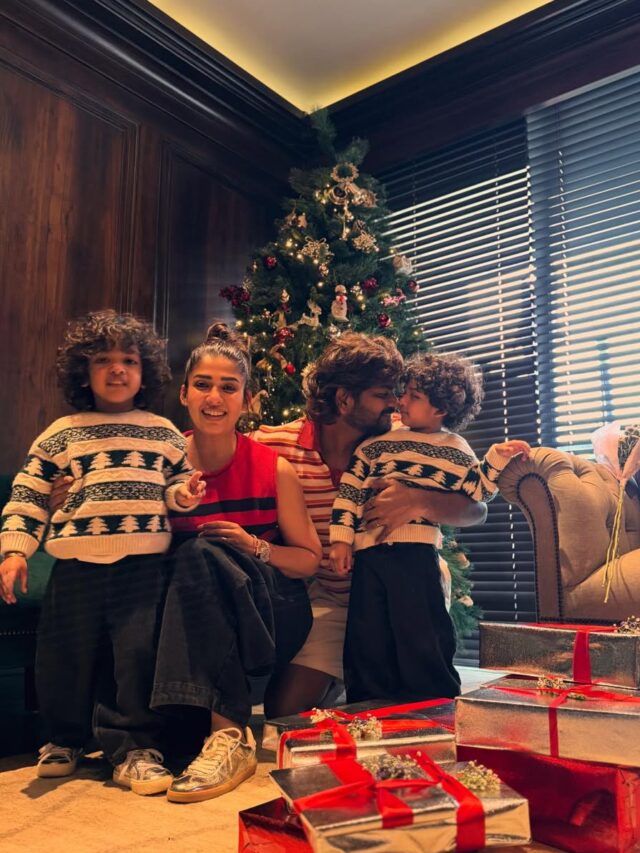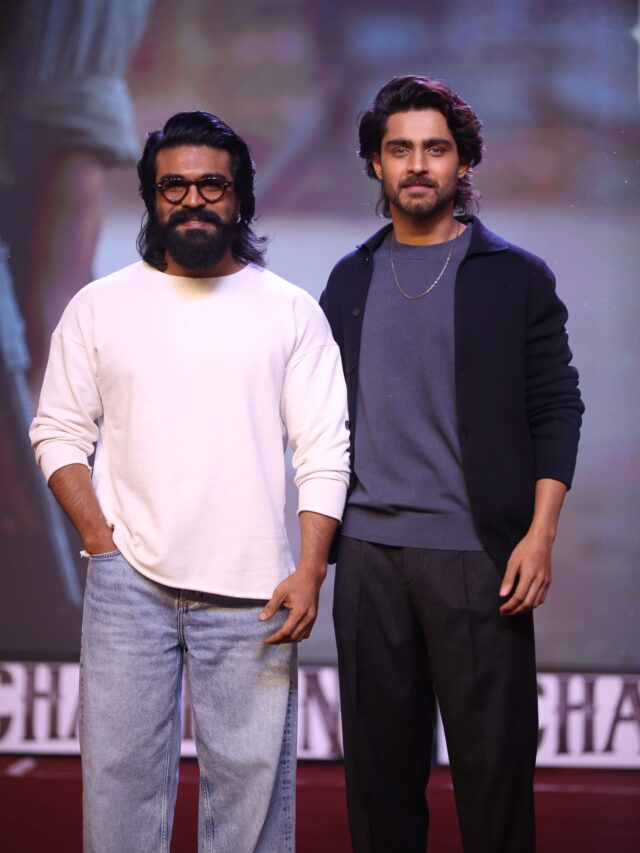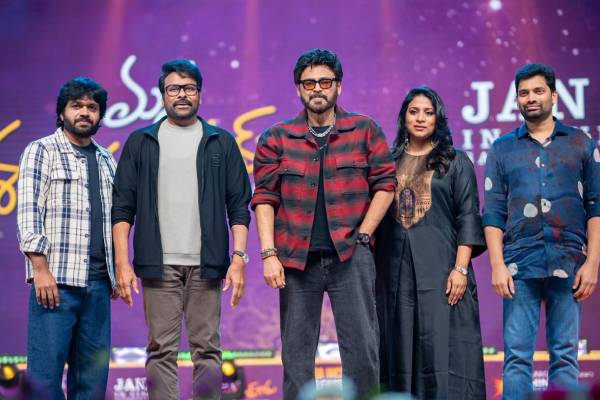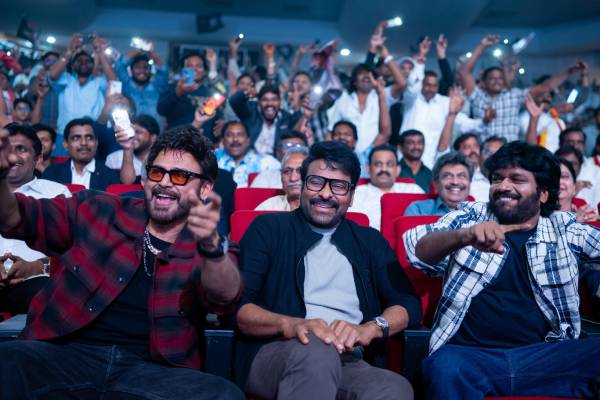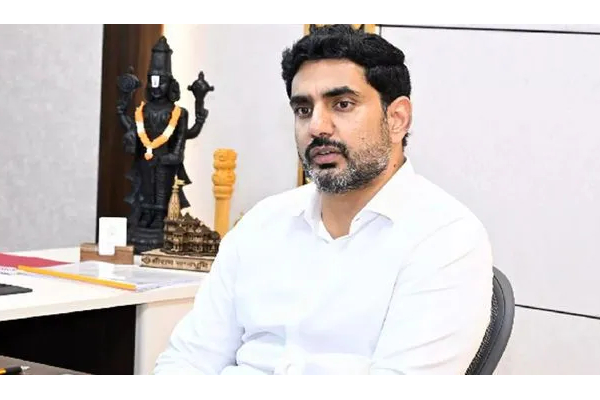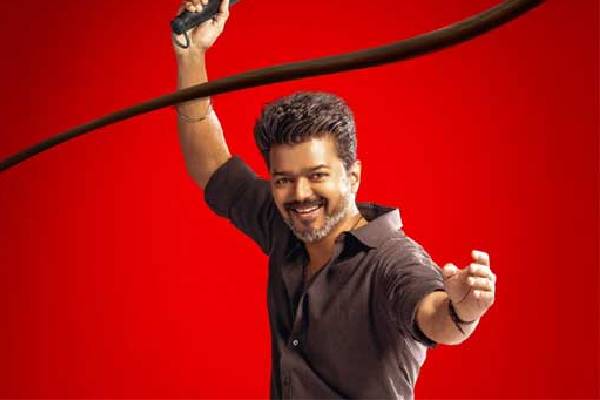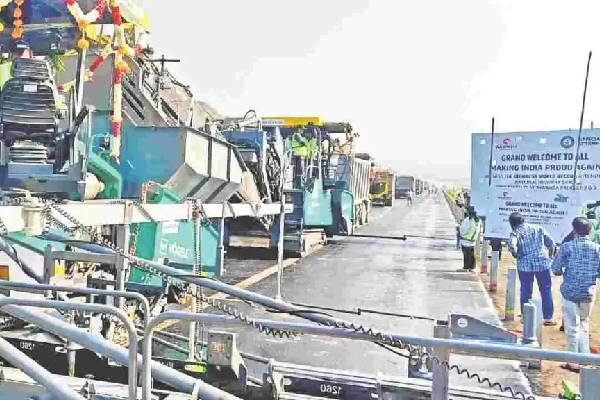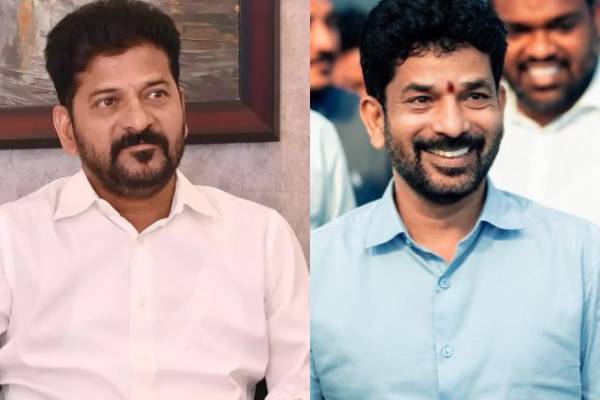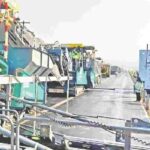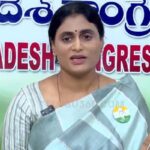In less than 48 hours, Nepal’s political situation changed drastically. Prime Minister Khadga Prasad Oli resigned after violent protests erupted across the nation. What started as a demonstration against a sudden social media ban quickly turned into a massive public uprising against government corruption, nepotism, and misgovernance.
Homes of Top Leaders Set on Fire
Angry protesters, mostly from the Gen Z generation, targeted the homes of Nepal’s top political leaders. The residences of Sher Bahadur Deuba, leader of the Nepali Congress, President Ram Chandra Poudel, Home Minister Ramesh Lekhak, and Communist Party leader Pushpa Kamal Dahal were set ablaze. Even a private school owned by the Prime Minister’s family was burned. Chaos spread throughout the capital, Kathmandu. A curfew was imposed, schools were closed, and the international airport faced major disruptions due to the violence.
The situation worsened, like seeing a Finance Minister running away from angry crowds. President Ram Chandra Poudel also resigned, deepening the political uncertainty. Now, the possibility of military rule looms large over the nation, raising serious concerns about basic freedoms, especially the right to free expression and access to information. Instead of taking responsibility, political parties began blaming each other, further fueling the anger of the people.
Who is Sudan Gurung, the Face of the Gen Z Revolt?
Sudan Gurung is the president of Hami Nepal, a youth-led NGO that grew into a civic movement after the 2015 earthquake. Motivated by personal tragedy, he lost his child during the disaster, and Sudan shifted from event organising to activism and disaster relief. He has led protests demanding transparency and justice, including the notable “Ghopa Camp” movement. As a grassroots leader, he now stands as a key figure representing Gen Z’s call for peaceful resistance and real change in Nepal.
From Social Media Ban to Mass Protest
The protests began as opposition to the sudden social media ban imposed by the government. But it didn’t take long for deeper frustrations to emerge. People, especially the youth, are angry about widespread corruption, lack of opportunities, and broken promises. Bishnu Thapa Chetri, a student protester, said, “The country has become so bad that for us youth, there is no reason to stay here.”
The protests grew louder, with chants like “Punish the murderers in government” and “Stop killing children.” Even though the government lifted the social media ban early Tuesday, the damage was already irreversible.
What Lies Ahead for Nepal?
Where is Nepal heading from here? The people, who once dreamed of peace and progress, are now left wandering the streets without clear answers. The parliament, once a symbol of democratic debate, now lies in ruins. The army is preparing to step in, which could mean stricter control and the end of democratic freedoms.
This is not the future anyone imagined. In just two days, Nepal’s hope turned into despair. It stands as a painful reminder that when leaders forget their duty to serve the people, unrest becomes inevitable. The voices of Nepal’s youth are loud and clear. But will anyone listen? Only time will tell if peace can return, or if this marks the beginning of a long, dark chapter in the country’s history.

